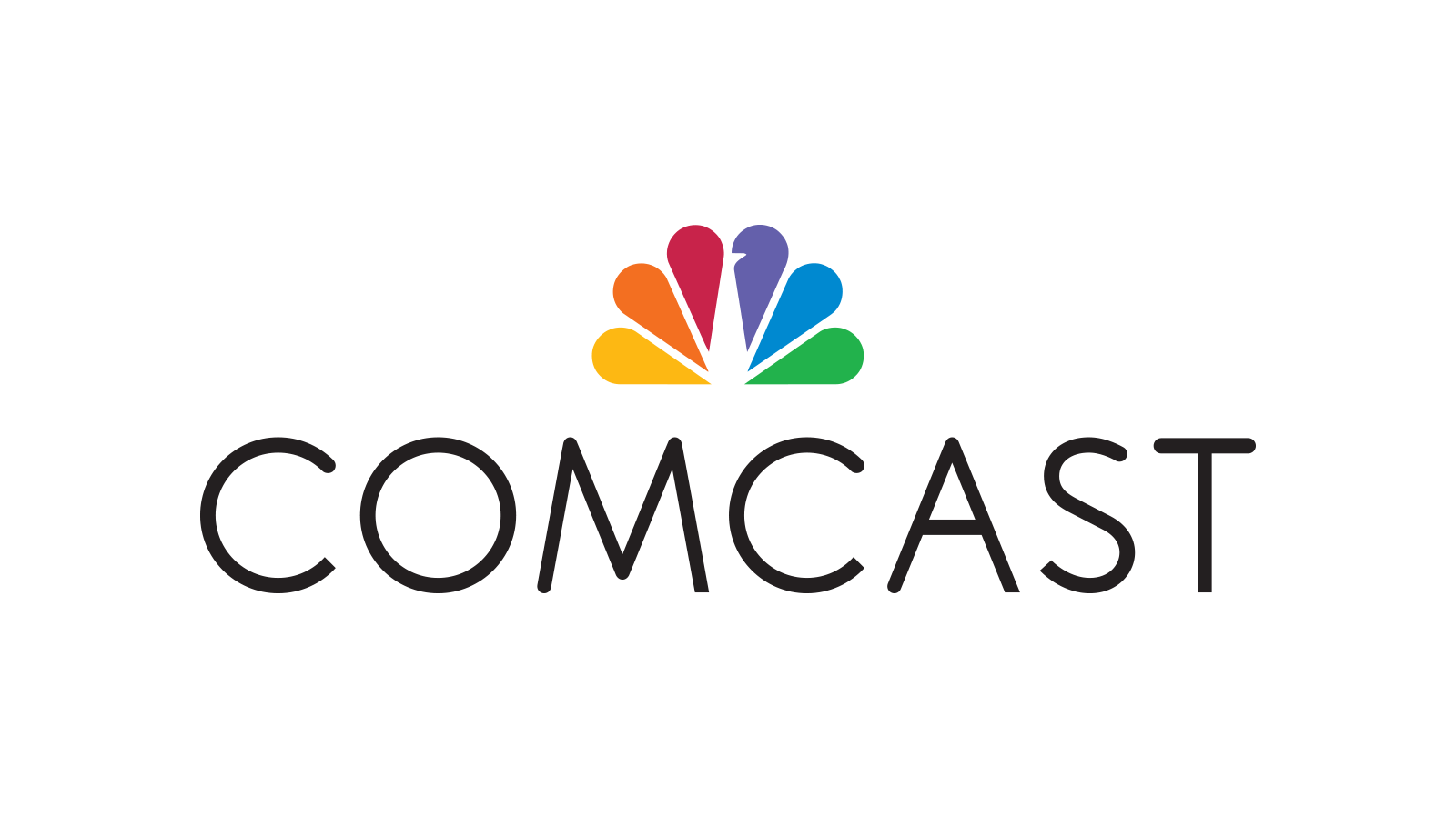 Downloading and streaming copyrighted movies, TV shows and music accounts for the majority of online infringement but there are large numbers of Internet users who pirate software products too.
Downloading and streaming copyrighted movies, TV shows and music accounts for the majority of online infringement but there are large numbers of Internet users who pirate software products too.
These can include operating systems such as Windows 10 or the popular range of image and video editing tools available from Adobe, for example. They often require greater skills to consume than standard media and there is always a chance that software vendors will be available to identify ‘cracked’ software when there is an online component.
Siemens Files Lawsuit in a Texas Court
Last Thursday, Siemens Industry Software Inc (SISW) filed a copyright infringement lawsuit in a Texas court against 142 ‘Doe’ defendants. The complaint says that to date, SISW has been able to match their ISP IP address to infringing activity but does not currently know their full identities.
What SISW is saying, however, is that the alleged infringing behavior has taken place in the court’s district, either by a defendant downloading its software illegally and/or using its software when using an ISP in the district.
Specifically, Siemens points to a number of its product ranges, including NX, Solid Edge, Femap, Star CCM, and FloTHERM, accusing all 142 ‘Does’ of breaching SISW’s rights by using a “computer with an Internet connection” to download and/or use its copyrighted works.
“Plaintiff is informed and believes that the foregoing acts of infringement have been willful, intentional, and in disregard of and with indifference to the rights of Plaintiff,” the complaint reads, noting that the company is entitled to statutory damages of up to $150,000 per work.
In the alternative, SISW requests actual damages, in which case each defendant must provide an accounting of their use and/or downloading of the software, including the revenues and profits obtained as a result. In addition, SISW says it is entitled to injunctive relief to prevent any additional copyright infringement.
Putting Names to IP Addresses, With Help From Comcast
SISW notes that while it has the IP addresses of the alleged pirates “and/or accompanying network information” associated with them, the company has not yet discovered their true identities. However, with the help of Comcast it believes it can do so.
“SISW has contacted Comcast to inquire on its policy and procedure related to seeking information sufficient to identify the persons associated with certain IP addresses identified as having illegally downloaded SISW’s software. Comcast has indicated that they will comply with our request if SISW obtains a Court Order accompanying any subpoena requesting such information,” the complaint reads.
“[S]ISW’s discovery request is specific. It seeks only the names, addresses, telephone numbers and email addresses, of the persons associated with the IP addresses that SISW has collected. Notably, SISW is not seeking any content of any emails or other communications associated with these individuals.”
How Did Siemens Track Down The Alleged Pirates?
In similar cases, where a copyright holder seeks the identity of an alleged pirate, the companies in question tend to obtain IP addresses from BitTorrent swarms where the content was shared. However, Siemens does not allege any peer-to-peer sharing, does not mention BitTorrent, and specifically mentions downloading and/or use of pirated software.
“To protect its investment in the Software and its intellectual property rights, SISW investigates unauthorized downloads. Through this process, SISW can identify certain IP addresses associated with each illicit use and download,” the company writes.
At this stage then, there is insufficient information to determine how Siemens obtained the IP addresses in question. However, it seems possible that the software listed in the complaint may have the ability to ‘phone home’ with information that could include the type of software being used, its licensing status, along with the IP addresses of the machines where the software was installed.
In any event, SISW proposes that after identifying the subscribers behind the IP addresses, Comcast should be given seven days to notify those individuals that their details are being sought by Siemens. In turn, those subscribers should then be allocated 21 days to contest the Siemens subpoena, should it be granted by the court.
Quite what Siemens will do with these personal details remains a question for now but could become apparent should the company decide to file lawsuits against non-cooperative alleged infringers.
The complaint & discovery documents can be found here and here (1,2) (pdf)





